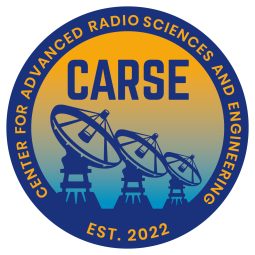Study of atmospheric opacity through radiometric measurements
We are conducting a study of atmospheric opacity in the skies of Puerto Rico, based on the collection of meteorological profiles through the Radiometrics Corporation’s MP-3000A ground-based radiometer in the 22-30 GHz range. Various atmospheric components such as water vapor, aerosols, clouds, and dry air need to be considered in the calculations related to atmospheric opacity. The radiative transfer method with multiple absorption processes throughout the atmosphere can be characterized in terms of three fundamental absorption coefficients: the coefficient of dry air, the coefficient of water vapor, and the coefficient of water present in clouds. These coefficients are inherently linked to meteorological profiles. It is important to note that the absorption coefficient and opacity are closely connected. Opacity is the medium’s ability to allow the propagation of electromagnetic waves. The higher the opacity, the lower the capacity for wave propagation. The results of this work allow us to calculate opacity on a quasicontinuous basis at the site of the radiometer.


